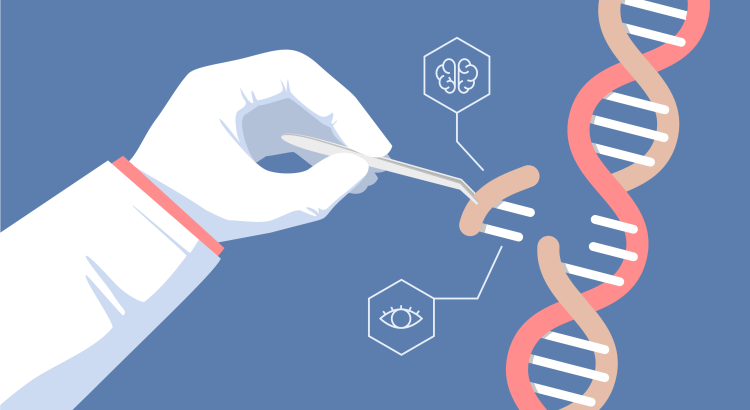The ability to edit genes, the very blueprint of life, has ushered in a new era of scientific exploration with immense potential to revolutionize medicine, agriculture, and even human evolution. However, the power of gene editing raises complex ethical questions that demand careful consideration. This article explores the science behind gene editing, its potential benefits and risks, and the ethical frameworks needed to navigate this rapidly evolving field.
CRISPR: A Powerful Tool for Editing Genes
At the forefront of the gene editing revolution is a revolutionary tool called CRISPR-Cas9. This technology allows scientists to precisely target and modify specific sections of DNA, potentially correcting genetic mutations that cause diseases, enhancing desirable traits in crops, or even eliminating viruses.
Transforming Medicine: Curing Diseases and Extending Lifespans
Gene editing holds immense promise for the field of medicine. Researchers are exploring its potential to treat genetic diseases like cystic fibrosis, sickle cell anemia, and even some forms of cancer. By correcting faulty genes, gene editing could offer permanent cures for previously untreatable conditions. Additionally, gene editing holds potential for gene therapies that could slow down aging or potentially treat age-related diseases.
Engineering the Future: Gene Editing in Agriculture and Beyond
Gene editing can be applied beyond human medicine. Scientists are developing crops resistant to pests and diseases, leading to increased food production and potentially reducing reliance on pesticides. Additionally, gene editing could be used to create animals with enhanced resistance to diseases or improved growth rates within the agricultural sector.
Ethical Dilemmas: Unforeseen Consequences and Designer Babies
The power of gene editing is undeniable, but it raises significant ethical concerns. One major concern is the potential for unintended consequences. Altering DNA can have unforeseen effects, potentially leading to unforeseen mutations with unknown long-term risks. Additionally, the possibility of editing human embryos to create “designer babies” with predetermined traits raises ethical concerns about eugenics and altering the very essence of what it means to be human.
The Slippery Slope: Germline Editing and Heritable Changes
Gene editing can be classified into two categories: somatic editing, which modifies genes in an individual but not their offspring, and germline editing, which modifies genes in sperm or egg cells, creating heritable changes that can be passed on to future generations. Germline editing raises even greater ethical concerns, as it alters the human gene pool in a permanent way, with unpredictable long-term consequences.
Regulation and Oversight: Ensuring Responsible Development
The rapid pace of gene editing advancements necessitates robust regulatory frameworks. International collaboration is crucial to establish ethical guidelines that ensure responsible development and application of this powerful technology. Open public discourse and stakeholder involvement are essential in shaping these guidelines.
The Path Forward: A Balanced Approach
Gene editing holds immense potential for scientific progress, but it demands a responsible and ethical approach. Scientific research needs to be coupled with rigorous safety assessments and open communication with the public. By striking a balance between innovation and caution, we can harness the power of gene editing to create a better future without compromising ethical principles.
